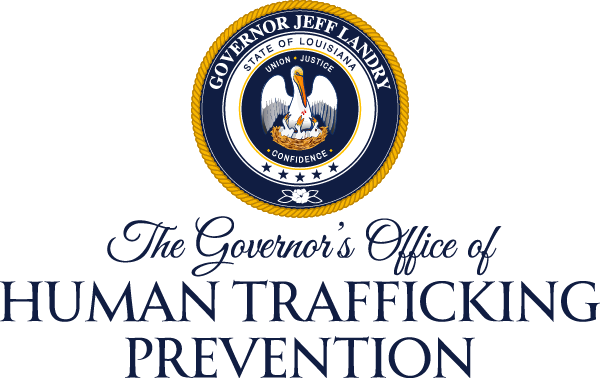INDICATORS OF HUMAN TRAFFICKING

BARRIERS TO IDENTIFICATION
Victims rarely self-identify as victims due to:
- Fear
- Shame, humiliation
- Trauma-bond to the trafficker
- Distrust in systems/individuals
- Do not see the trafficking as victimization compared to other life events
- Conditioned by the trafficker to believe the trafficking situation was their choice
- Language barriers
- Cultural barrier
There is no single indicator to identify trafficking victims. The following list includes common indicators to help recognize human trafficking, but it is not a complete list. The presence of one or more of these indicators does not necessarily mean a trafficking situation is occurring. For more information on victim identification or to request a training, please contact the Office of Human Trafficking Prevention.
POTENTIAL INDICATORS
ANYONE CAN EXPERIENCE HUMAN TRAFFICKING, BUT SOME PEOPLE ARE AT HIGHER RISK THAN OTHERS:
- Youth with runaway behavior
- Homelessness or housing instability
- System involvement
- People with disabilities
- LGBTQIA+
- History of substance use or mental health disorders
- History of childhood trauma
- Non-English speaking or limited English proficiency



